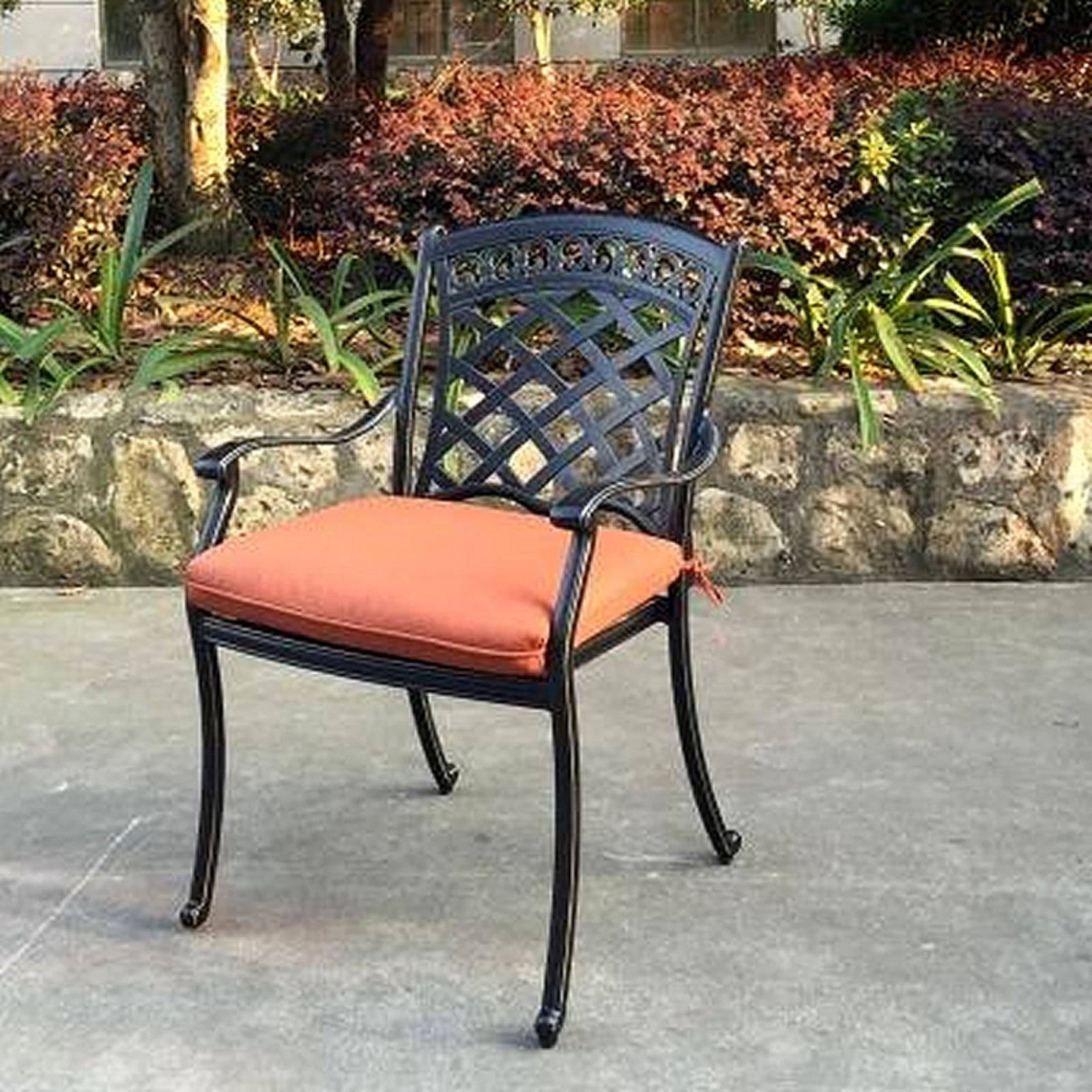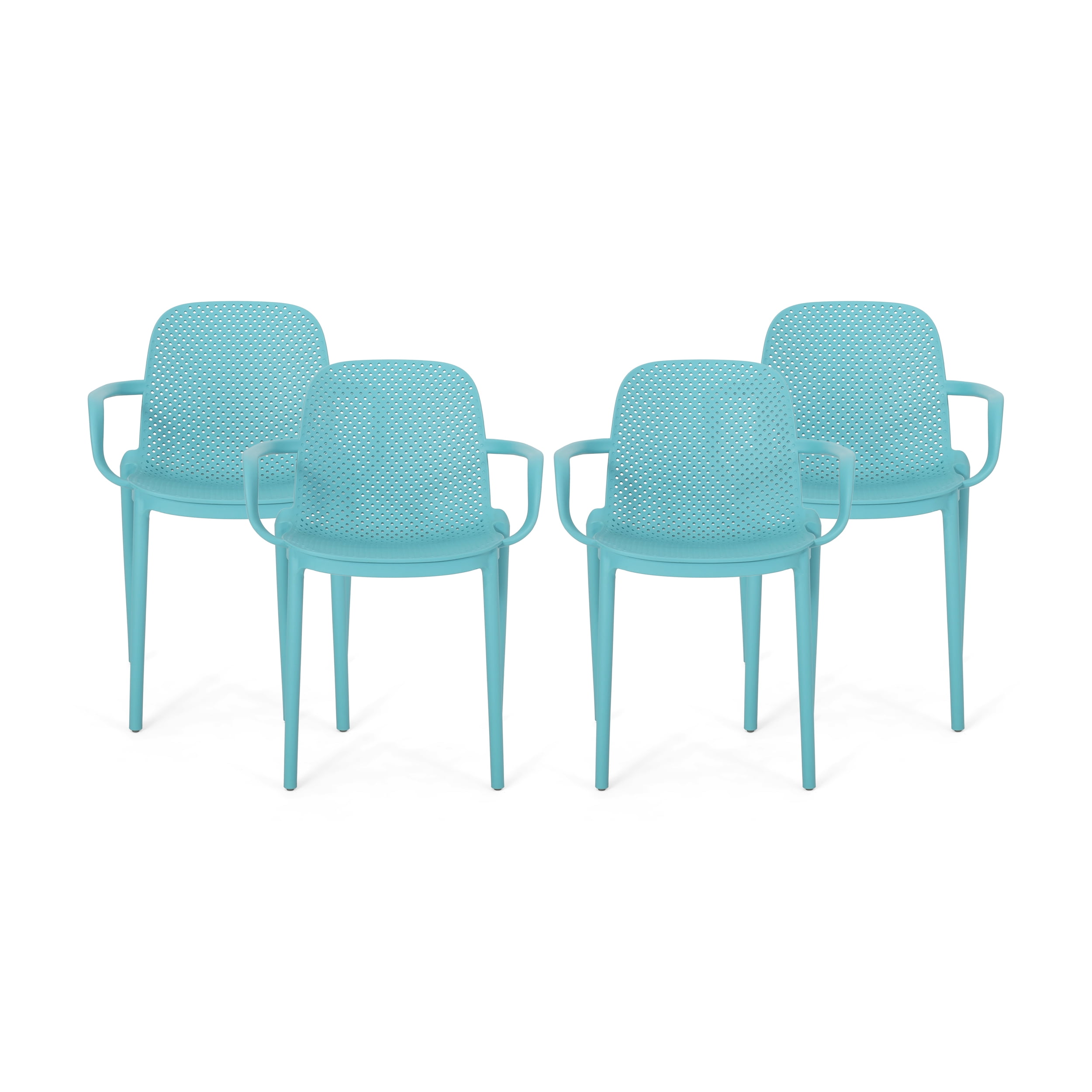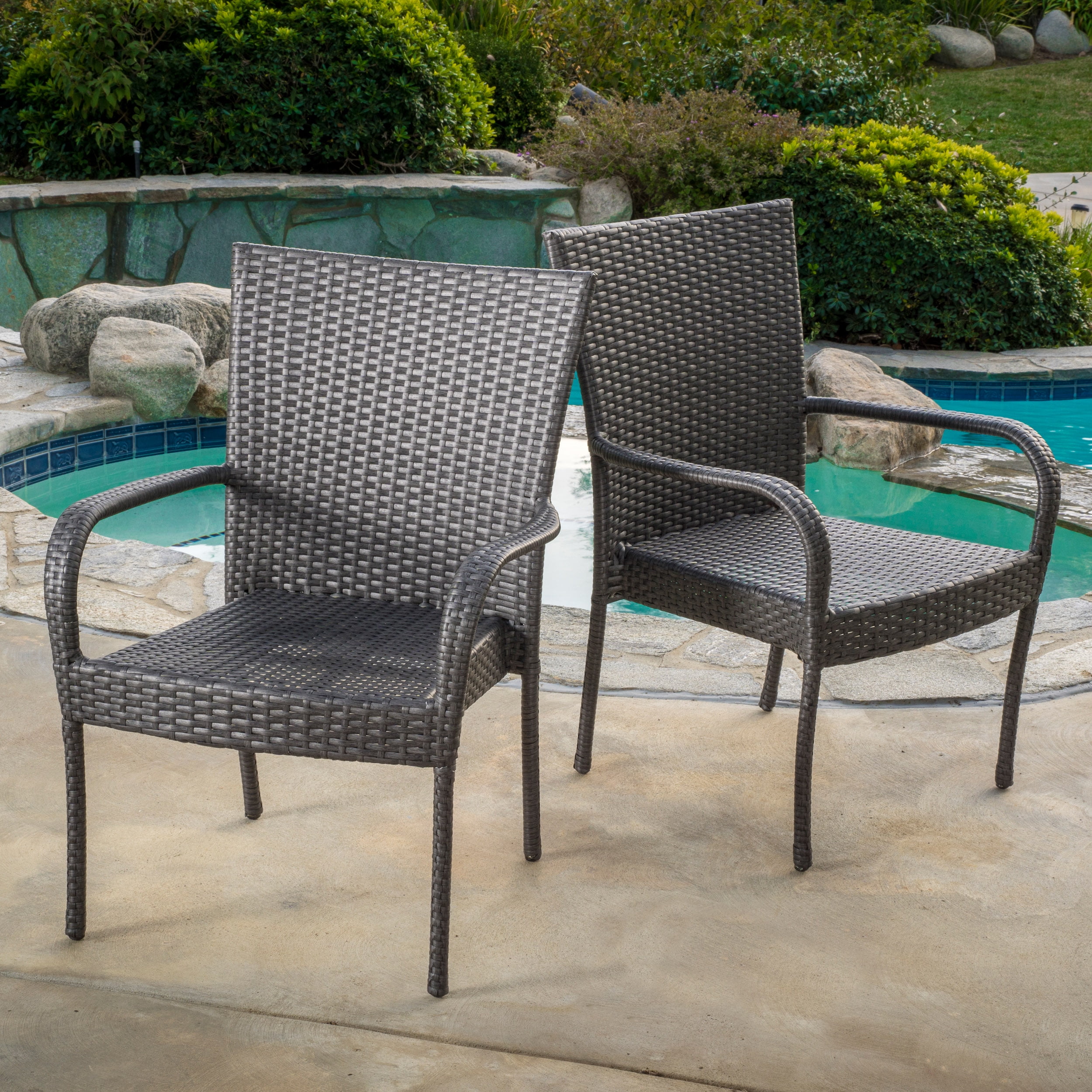Space-Saving Solutions for Stacking Patio Dining Chairs

Choosing the right patio chairs can significantly impact the overall usability of your outdoor space. Stackable chairs offer a practical solution for maximizing space, especially for smaller patios or those frequently used for multiple purposes. Their ability to be neatly stored away when not in use makes them a popular choice for both homeowners and commercial settings.
Stacking Chair Designs and Space Maximization
Different stacking chair designs prioritize varying aspects of space efficiency. Some focus on minimizing footprint when stacked, while others emphasize a slim profile when individual chairs are in use. Material choice plays a crucial role, with lighter materials like aluminum or resin allowing for higher stacking heights without compromising stability. Heavier materials like wood or wrought iron, while offering durability, might limit stacking height and increase overall storage space needed. Dimensions are key – consider the chair’s width, depth, and height, both individually and when stacked. A chair with a smaller footprint and a good stacking ratio (height when stacked vs. individual chair height) will be most space-efficient.
Comparison of Stacking Chair Designs
Let’s compare three common stacking chair designs:
1. Standard Folding Stacking Chair: These chairs typically feature a simple folding mechanism and a relatively lightweight frame, often made of aluminum or resin. They are easy to stack and store, and their low cost makes them widely accessible. However, they might not be as comfortable or durable as other options, and the folding mechanism can sometimes be less robust. Stacked dimensions might be relatively high compared to their footprint.
2. Slat-Back Stacking Chair: These chairs often utilize a slatted back design, which reduces weight and allows for better airflow, increasing comfort in warmer climates. They frequently employ aluminum or resin frames. The slatted design can make them less supportive than chairs with solid backs. Stacking efficiency is generally good, although the overall weight and stability can depend on the materials and construction.
3. Metal Stacking Chair with Arms: These chairs offer greater comfort due to armrests, often made from powder-coated steel or aluminum for durability and weather resistance. They usually have a slightly larger footprint and weight compared to the previous two types, impacting the stacking height and overall space efficiency. However, the added comfort and sturdiness might outweigh the space considerations for some users.
Comparison Table of Stacking Patio Chair Models
The following table compares five popular stacking patio chair models, highlighting their weight, material, and maximum stacking height. Note that these values are approximate and can vary depending on the specific manufacturer and model. The table uses responsive design principles for optimal viewing across different screen sizes.
| Model Name | Weight (lbs) | Material | Max Stacking Height (inches) |
|---|---|---|---|
| Model A | 5 | Aluminum | 60 |
| Model B | 7 | Resin | 50 |
| Model C | 6 | Steel | 40 |
| Model D | 4 | Aluminum/Resin | 72 |
| Model E | 8 | Wrought Iron | 30 |
Durability and Weather Resistance of Stacking Patio Dining Chairs

Choosing the right patio dining chairs involves considering not only their style and comfort but also their ability to withstand the elements and regular use. The materials from which they are constructed significantly impact their longevity and resistance to weathering. Understanding these factors will help you make an informed decision that ensures years of enjoyment.
Material Impact on Longevity and Weather Resistance
The durability and weather resistance of stacking patio chairs are directly linked to the materials used in their construction. Plastic chairs, for example, are often lightweight and inexpensive, making them a popular choice. However, prolonged exposure to sunlight can cause them to fade and become brittle over time. Metal chairs, particularly those made from aluminum or steel with a powder-coated finish, generally offer superior durability and weather resistance. Powder coating protects the metal from rust and corrosion, extending its lifespan considerably. However, even powder-coated metal can chip or scratch, potentially leading to rust if not properly maintained. Wooden chairs, while aesthetically pleasing, require more maintenance to prevent rotting, warping, and insect damage. Hardwoods like teak are naturally more resistant to decay than softer woods, but even teak benefits from protective treatments.
Maintenance Procedures for Different Chair Materials, Stacking patio dining chair
Regular cleaning and maintenance are crucial for extending the life of your patio chairs, regardless of the material. Plastic chairs can be cleaned easily with soap and water, and occasional rinsing helps remove dirt and debris. For metal chairs, a gentle cleaning with soap and water followed by a thorough drying is recommended. Inspect the powder coating for any chips or scratches and consider touching up damaged areas with appropriate paint. Wooden chairs require more intensive care. Regularly clean them with a mild soap solution and apply a protective sealant or oil, especially before and after periods of inclement weather, to prevent water damage and insect infestation. Following the manufacturer’s recommended maintenance guidelines is also vital.
Proper Storage Techniques for Stacking Chairs
Proper storage is essential for protecting your stacking chairs from the elements and prolonging their lifespan. A visual guide to effective storage would depict chairs stacked neatly and covered. Imagine a stack of six chairs, evenly balanced, resting on a dry, level surface – perhaps a patio table or a designated storage area. A large, waterproof cover, such as a heavy-duty tarp or a specifically designed chair cover, is draped over the stacked chairs, completely shielding them from rain, snow, and UV radiation. The cover should be secured to prevent it from blowing away in windy conditions, perhaps with straps or weights. Alternatively, if space permits, storing the chairs in a dry, sheltered location like a shed or garage offers even better protection. This prevents direct exposure to the elements and minimizes the risk of damage. Regularly inspect the chairs and cover for any signs of wear or tear and address them promptly to maintain optimal protection.
Styling and Aesthetics of Stacking Patio Dining Chairs

Choosing the right stacking patio dining chairs can significantly enhance the overall look and feel of your outdoor space. The style of chair you select should complement your existing patio design and personal aesthetic, creating a cohesive and inviting atmosphere. Careful consideration of color palettes also plays a crucial role in achieving the desired ambiance.
Stacking Chair Styles and Patio Design Compatibility
Different stacking chair styles lend themselves to various patio designs. Modern stacking chairs, often characterized by clean lines and minimalist designs, are perfect for contemporary patios with sleek furniture and neutral color schemes. Imagine a set of chrome-framed, powder-coated white stacking chairs around a glass-topped patio table, reflecting the modern aesthetic of the surrounding architecture. In contrast, traditional stacking chairs, perhaps with ornate detailing or classic wood construction, seamlessly integrate into more established, perhaps Victorian-style patios, pairing well with wrought iron furniture and lush greenery. Rustic stacking chairs, often made from reclaimed wood or featuring a weathered finish, add a touch of warmth and character to patios with a natural, bohemian, or farmhouse feel. Picture these chairs around a wooden table on a patio surrounded by potted herbs and wildflowers.
Color Palettes for Stacking Patio Chairs
The color of your stacking chairs significantly impacts the overall mood of your patio.
- Classic Neutrals: A palette of whites, creams, grays, and beige creates a timeless and versatile look that complements almost any patio design. This palette offers a clean, sophisticated feel and provides a neutral backdrop for vibrant accessories and plants. The subtle elegance of this color scheme ensures it remains stylish for years to come.
- Coastal Blues and Greens: Evoking a relaxed, seaside vibe, this palette uses various shades of blue and green, from soft pastels to deeper turquoise and seafoam. These colors create a tranquil and refreshing atmosphere, perfect for patios near water or those designed to mimic a coastal setting. Consider pairing these chairs with white or natural wood accents.
- Warm Earthy Tones: Browns, tans, and terracotta create a warm and inviting atmosphere. This palette works exceptionally well with natural materials like wood and stone, complementing rustic or Mediterranean-inspired patio designs. The richness of these colors adds a sense of grounded comfort.
- Vibrant Tropical Hues: A palette featuring bright yellows, oranges, pinks, and greens creates a lively and energetic atmosphere. This bold color scheme is ideal for patios designed for fun and entertaining, adding a vibrant splash of color that’s sure to impress. Use these colors sparingly to avoid overwhelming the space.
- Monochromatic Elegance: A sophisticated approach, this involves using varying shades of a single color, such as deep navy blue or charcoal gray. This creates a sense of calm and understated luxury, providing a visually cohesive and stylish look. This is a great option for smaller patios where a single color scheme can make the space appear larger.
Rewritten Article on Stacking Patio Chairs
[Insert rewritten article text here. Remember to remove any language that sounds like it was generated by AI. Focus on clear, concise, and engaging writing. Provide specific examples and details to replace generic statements.]
